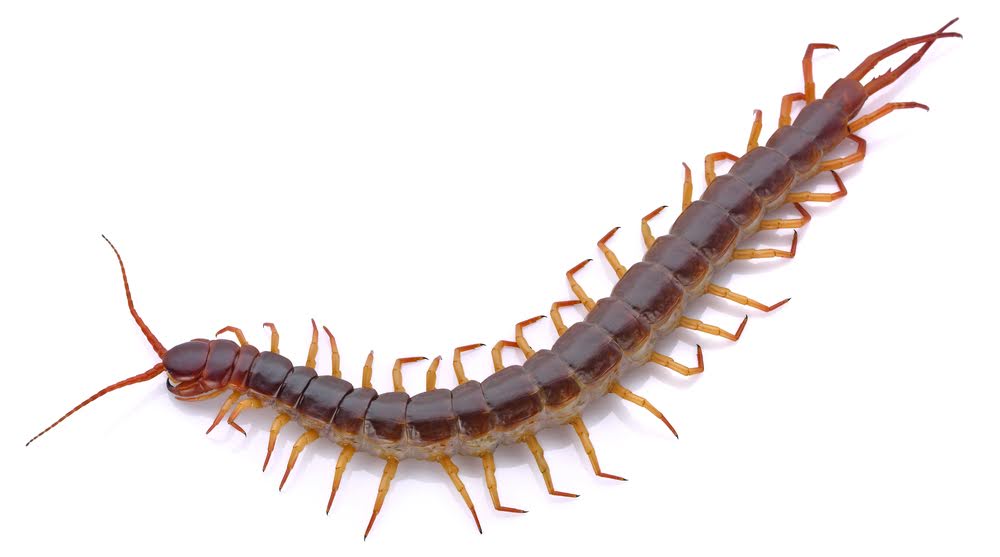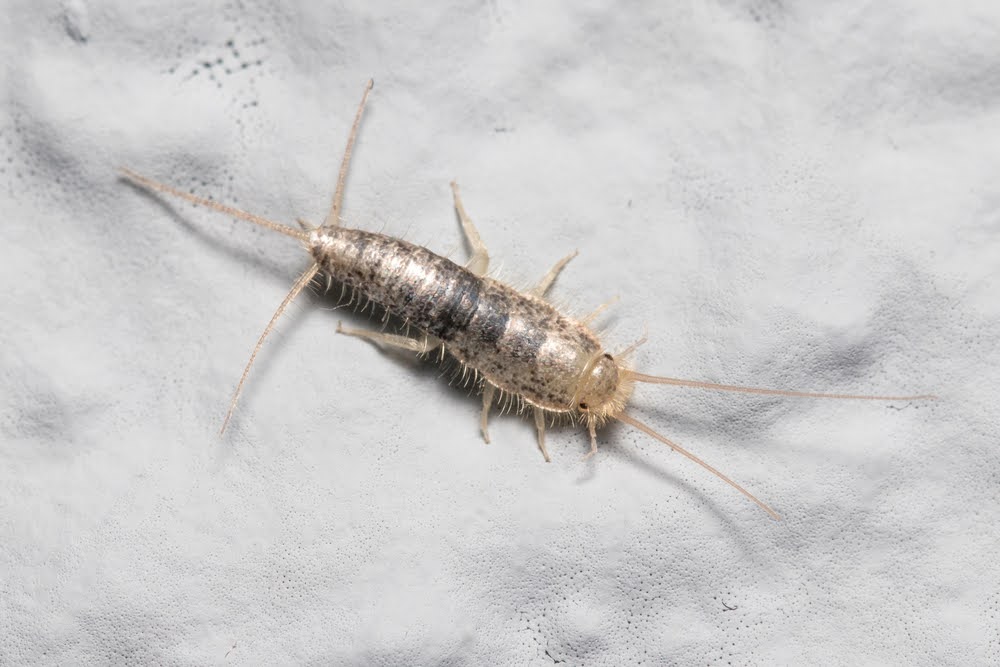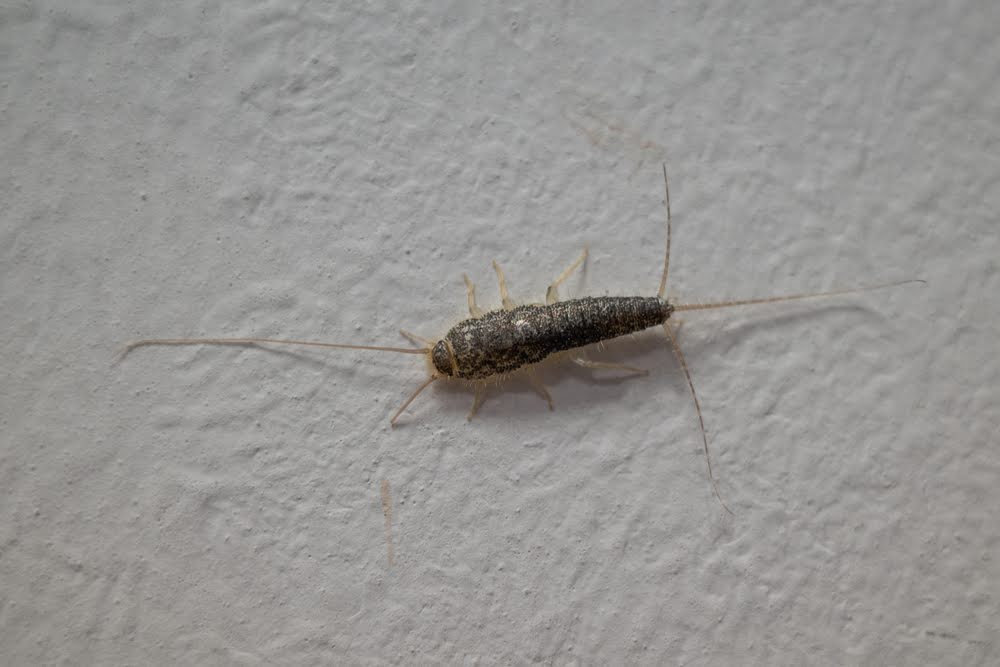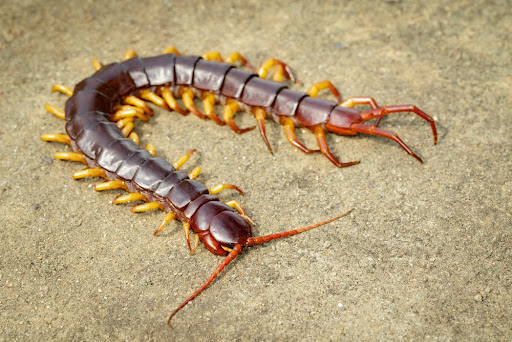If you’ve noticed an unwelcome guest scurrying across your floor this summer, you’re not alone. Columbus, OH residents often encounter pests like centipedes and silverfish, especially during the warmer months when these creatures have the conditions they need to thrive in our humid Midwest climate.
Both are fast-moving. Both are creepy. Both are unwelcome in your home. Yet, there are some key differences between the two.
While your main priority is likely getting these pests out, rather than knowing their entire life story, the truth is that understanding the differences between a centipede vs. silverfish is key to proper elimination.
At Green Shield Pest Pros, we’ve helped countless Columbus homeowners with pest problems, so we’re here to give you all the details you need.
Centipede vs. Silverfish: How to Identify

From looks to behavior and everything in between, we’re breaking down these pests so you can start making progress in getting rid of them.
Centipedes
Your first step in identification? It’s all about the looks. Adult house centipedes have 15 pairs of legs, with the last pair (on females) being twice the length of their body.
Their bodies are about 1 to 1.5 inches long, but including their legs, they can appear three to four inches in total. They usually have yellowish bodies with dark stripes, making them easy to identify.
House centipedes are nocturnal hunters that prey on other insects like spiders and cockroaches. This is important to note, because if you spot them in your home, it might mean you have another pest problem providing them a food source.
If you’re able to spot them, that is. Known for being surprisingly fast, centipedes can zip across walls and floors in a split second, which often makes them startling to homeowners.
Silverfish
Compared to centipedes, silverfish are much smaller, only about half an inch to an inch long. They have a teardrop-shaped body covered in shiny, silver scales, giving them their name. Instead of long legs, they have bristle-like appendages at the back of their body.
Unlike centipedes, silverfish are scavengers that prefer starchy materials. They often feast on paper, book bindings, and even wallpaper adhesives. If you’ve noticed chew marks in your home, silverfish could be the culprit.
While admittedly not as fast as centipedes, silverfish are quick and move in a wriggling, fish-like motion.
Where They Hide in Columbus, OH Homes

Both centipedes and silverfish prefer damp, dark areas in your home. Some of the most common hiding spots include basements, bathrooms, crawl spaces, and kitchens.
However, centipedes are often drawn to areas where they can find plenty of other insects to eat, while silverfish will gravitate toward places where they can find paper, glue, and stored food.
Are They Dangerous?
The good news is that neither centipedes nor silverfish pose a serious threat to humans.
Centipedes can bite, but their venom is weak and harmless to most people. Silverfish don’t bite at all but can cause minor damage to household items like books and wallpaper.
Why Columbus Homes See More Centipedes and Silverfish in Summer
Humidity plays a major role in attracting both centipedes and silverfish to our homes. Summers in Columbus, OH, often bring higher levels of moisture, creating the perfect breeding ground for these pests.
Another key factor is that silverfish and centipedes are drawn to older homes with more opportunities for damp basements or crawl spaces.
According to Ohio State University, July can also trigger the migration of centipedes, silverfish, and similar pests, like millipedes, as they seek cooler, damp environments. This could mean your home is even more exposed to pests during this time.
Did You Know?
Adult house centipedes have 15 pairs of legs, and on females, the last pair can be twice as long as their body! These efficient hunters feed on spiders, cockroaches, and other small insects. On the other hand, silverfish can live up to three years and thrive in hiding, making them challenging to spot until they’ve caused visible damage.
How to Get Rid of Centipedes and Silverfish

The good news is that, whether it’s centipedes or silverfish you’re dealing with, both pests thrive in similar conditions and, therefore, can be removed in similar ways.
If you’re dealing with a centipede or silverfish problem, here are a few tips on how to manage them:
- Reduce Moisture Levels: Use dehumidifiers in your basement or crawl space.
- Seal Entry Points: Caulk cracks around windows, doors, and your home’s foundation.
- Declutter: Get rid of old papers, books, and cardboard boxes that attract silverfish.
- Monitor: Use sticky traps to determine pest activity.
But sometimes, DIY methods aren’t enough, especially if you’re facing a huge infestation. That’s where Green Shield Pest Pros comes in.
Trust Green Shield Pest Pros to Solve Your Pest Problems
At Green Shield Pest Pros, we specialize in tackling pests like centipedes, silverfish, and more in Columbus, OH.
With our eco-friendly and effective solutions, we’ll make sure your home stays pest-free so you can focus on what matters most.
Book your free inspection today!
FAQ
Are centipedes dangerous?
No, centipedes are not dangerous. While they can bite, their venom is weak and harmless to humans.
Can silverfish cause damage?
Yes, silverfish can damage books, wallpaper, and other materials by feeding on starchy substances.
How do I prevent centipedes and silverfish in my home?
Reduce humidity levels, declutter damp areas, seal entry points, and call pest control professionals if needed.
Why are centipedes and silverfish more active in the summer?
High humidity and warmer temperatures during summer create the ideal conditions for both pests to thrive.
How does Green Shield Pest Pros handle pest infestations?
We use eco-friendly and effective pest control methods to identify, manage, and eliminate infestations while ensuring long-term prevention.
